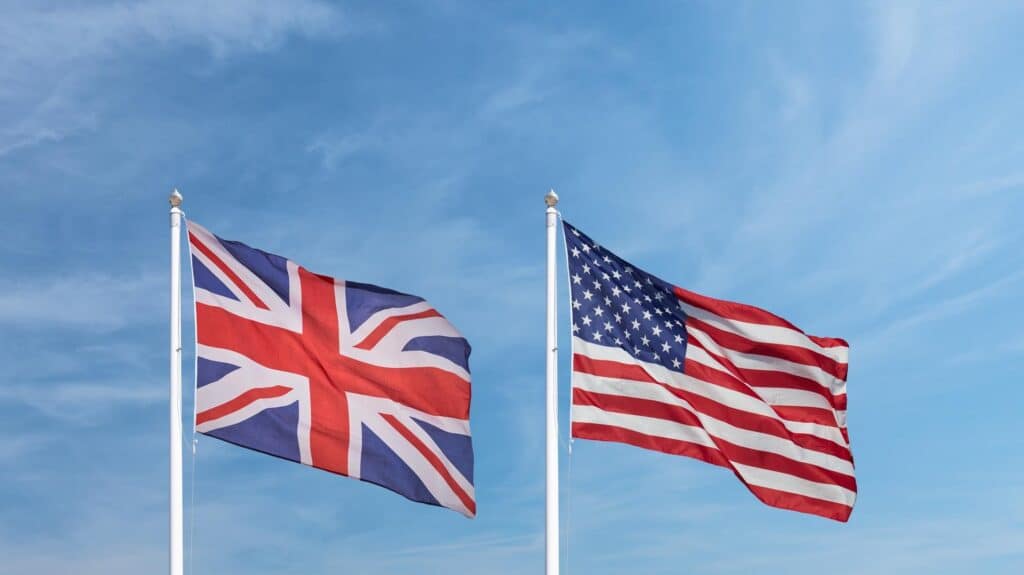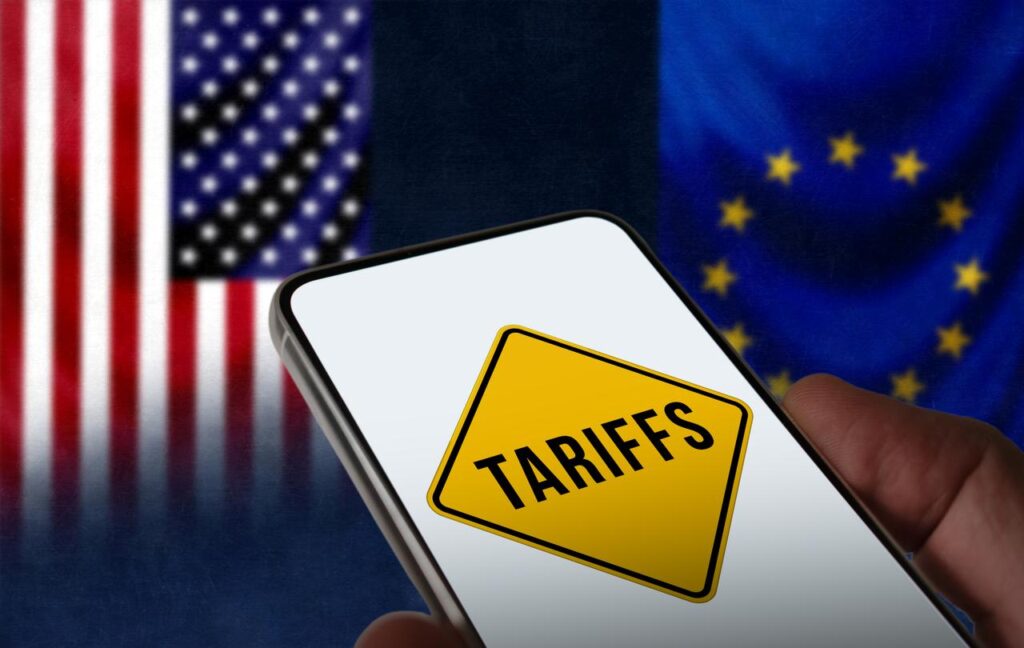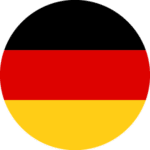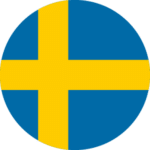Customs already existed in the third millennium before Christ in the ancient advanced civilizations of ancient Egypt and the Orient. The tax revenues served to cover the financial needs of the state. The word customs comes from the Greek word “teloneum” (tax).

The sovereign right over this revenue was initially vested in the respective king. These soon expanded their own customs sovereignty to include national and city customs duties. From the Goths’ empire on the Black Sea, the Gothic concept of customs duty spread in the 4th century as “mota” (toll). In the Franconian Empire in the 5th/6th century, the late Latin term toloneum, abbreviated tol, later Tsol and then changed to Zoll, became generally accepted.
Customs in the Middle Ages
Until the Middle Ages, customs duties were levied at so-called customs collection points as a passport duty for the use of roads, bridges and port facilities or market facilities or as a protective duty for trade.
After the Thirty Years’ War (1618-1648), the German customs territory was fragmented into approximately 1240 individual areas.
In the 17th/18th century, under the influence of economic policy during the period of absolutism, the idea of financial customs duties became increasingly important as so-called protective tariffs to protect the domestic economy from undesired competition. Due to high customs duties, cheap foreign goods became more expensive and equivalent domestic goods remained competitive in this way.
The German Customs Union
As a result of the Congress of Vienna (1815), Prussia reorganized its economic and financial system in 1818 with the Prussian Customs and Excise Act. The collection of duties was moved to the external borders of Prussia. King Frederick William III of Prussia thereupon ordered Provincial
Set up tax directorates. When the German Customs Union was founded on 1 January 1834, this led to the political diversity of the German Confederation being contrasted with the compact economic unity of a customs state under Prussian leadership. The aim of the Zollverein was to create a single economic market and to unify fiscal and economic conditions. The uniform Vereinszollgesetz of 1869 was transformed into imperial law in 1871.
In 1879, under Bismarck, an intensified protective customs policy, especially against English goods, was introduced again.
Customs from the Third Reich to the present
This practice was replaced in 1939 by the Customs Act, which subsequently applied from 1961 until the introduction of the customs index in 1994, when the European single market was completed. On 1 January 1993, a single economic area was finally created in Europe, without borders for all goods.
The first step towards this was taken on 30 October 1947 under the auspices of the UN with the conclusion of the “General Agreement on Tariffs and Trade, GATT”. The aim was to expand the worldwide trade in goods without tariffs and trade barriers. The GATT of 1947 was only replaced by the World Trade Organization (WTO) on January 1, 1995. The establishment of a customs union by France, Belgium, the Netherlands, Luxembourg, Italy and the Federal Republic of Germany to form the European Economic Community (EEC) in 1968 marked another important step in this direction. At that time, all member states declared their willingness to abolish their national customs duties and to merge them into a single customs tariff for the European Community (EC) vis-à-vis third countries. To ensure that all goods imported into the Community were subject to the same customs treatment, customs legislation had to be amended. An important step was the introduction of a single customs declaration, the so-called “single administrative document”, in 1988. It replaced about 150 (!) documents previously used by the various customs administrations of the Member States. With the reunification of the Federal Republic of Germany (FRG) with the German Democratic Republic (GDR) on 3 October 1990, the customs territory of the EC was extended to include the former customs territory of the GDR.
Since the completion of the European Single Market on 1 January 1993, trade in the Single Market in the European Union (EU) is no longer subject to customs controls. However, customs still performs its traditional tasks along the entire external border with so-called third countries, ports and airports.
The largest enlargement of the EU took place on 1 May 2004: Ten more states joined the EU.













